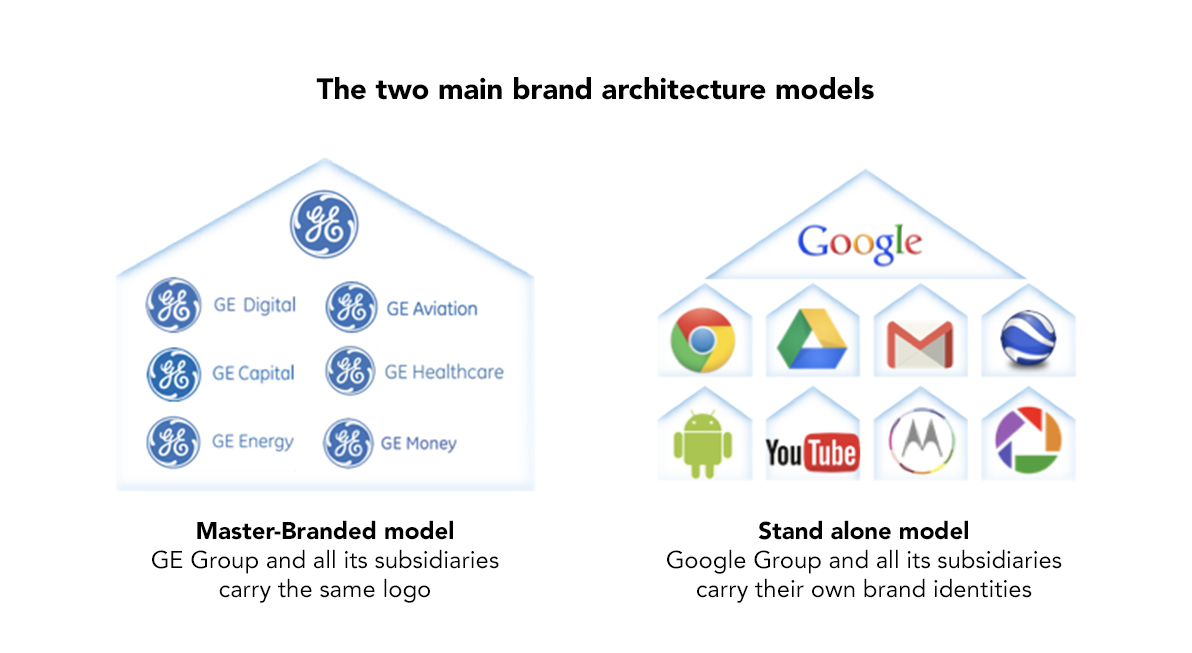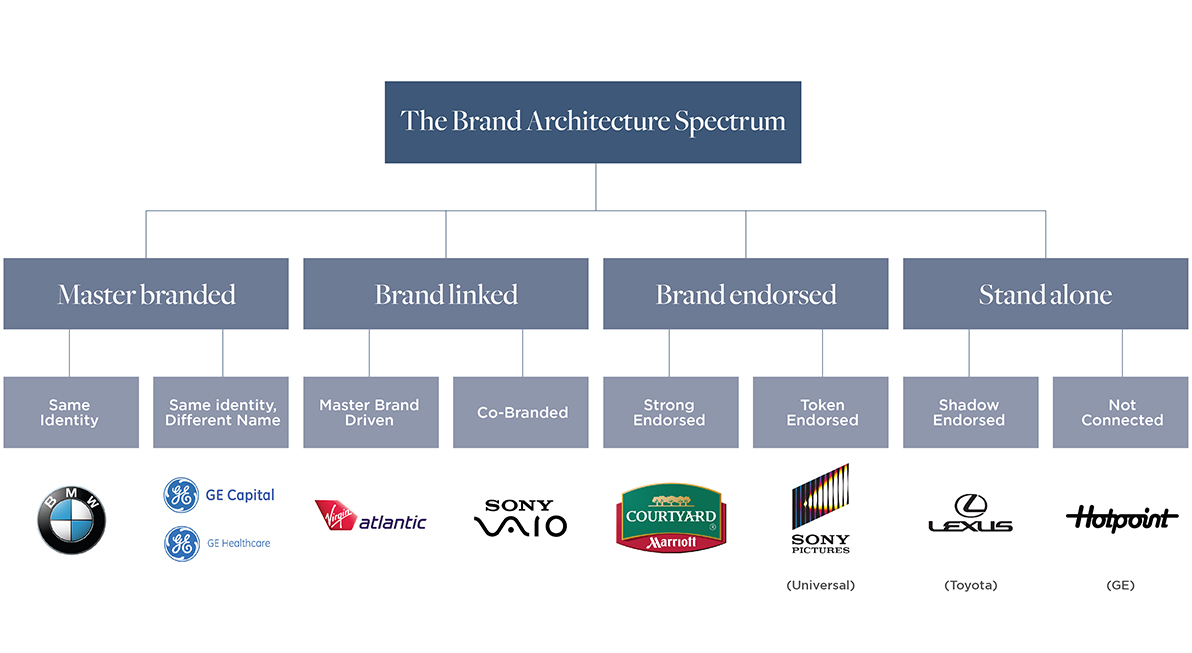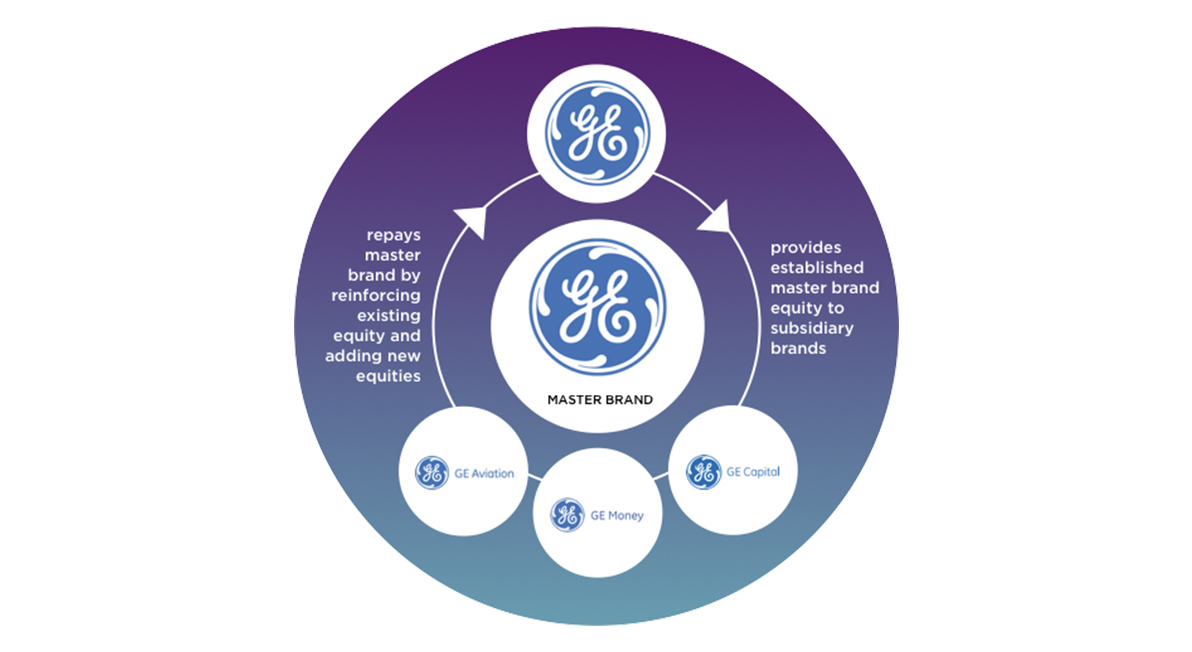Are you future-proofed for growth? Why brand architecture matters
How can your business plan for growth and develop your portfolio of products and services so that they make sense to your customers, and build your brand equity? The answer lies in brand architecture strategy, the way to future proof your brand.
You are a regional conglomerate with a diversified group of companies or brands which don’t seem to relate to each other, and growth is stagnant. You are a young business with a great product but one income stream is not enough to sustain future growth. You need to build your brand while expanding into different categories, but how?
To build the value of brands, businesses need a way of defining the relationship between their brands that strengthens the collective brand while fully realizing their individual potential. This requires defining the right balance between the collective brand and the individual brand, which is where brand architecture comes in.
Brand architecture is simply the organizing system behind defining the relationship between the different businesses, products, services or organisations that make up a company’s brand portfolio. Guided by an outside-in perspective, it helps customers and other stakeholders better understand the nature of a business and the scope of its portfolio, making it easier to navigate and determine the right choices when selecting from that portfolio.

Main brand architecture models
There are many brand architecture models out there, but basically there are two main ones. First there is the Master-Branded Model, where the corporate brand is the dominant brand and all the subsidiary or product or service brands follow that master-branded identity. This is also called a ‘Monolithic’ model. Think of General Electric or GE – everything it does from aviation to capital is master-branded with the same logo.
Secondly there is the Stand-Alone or ‘Subsidiary-dominant’ model, where there is no apparent link between the corporate brand and its subsidiary or product brands, and the subsidiary brands are not related to each other either. Think of Chrome, Gmail and YouTube – all are part of the Google empire, but they have completely separate brand identities, both from Google and each other. Unilever is another example. All of its product brands bear no visual relation either to Unilever or each other. And that is deliberate. It’s a question of recognising that niche products serving very different target audiences sometimes need to be uniquely branded in order to succeed.
Finding out what solution within this brand architecture spectrum suits you is one of the biggest marketing challenges facing a business. Most companies end up in the ‘fuzzy middle’ between these two classic models. Being neither master-branded or stand-alone branded, they adopt a hybrid approach to address different consumers or user needs. These hybrid models may contain a spectrum of brand architecture solutions. At one end of the spectrum, some brands are more stand-alone, allowing for more individual brand images that target specific consumer needs. At the other end of the spectrum, brands are more master-branded, allowing for more economies of scale, and building up group brand awareness.

The above shows the full spectrum of brand architecture models. Most companies end up in the ‘fuzzy middle’.
Adopting a brand architecture strategy
The key driver of any brand architecture strategy should be simplicity. Simpler solutions are more cost effective and easier to manage across large organisations. Multiple brands are a source of complexity and the key part of the planning will be to recognize whether the benefits of multiple brands outweigh the costs for managing them.
Simpler architecture solutions also help deliver an enhanced brand experience, making a business’s offering clear and understandable, supporting future growth.
The advantage of the Master-Branded or Monolithic model is that it gives great support to new subsidiary brands when they enter the market, because they have the master brand equity behind them. In turn, their success then strengthens the master brand in a virtuous circle. For the master brand owner, it reduces the marketing and management costs required to support multiple brands, and facilitates economies of scale by concentrating resources on one brand only. It also enhances collaboration and cross-selling across a group of sister brands.
The downside is that acquired brands that have a legacy of strong brand equity, or a unique customer demographic that requires a more targeted brand image than the new brand owner’s brand permits, can have their growth severely limited by a master-branded model.

Dynamic approach to brand architecture strategy
Regardless of which brand architecture model or strategy is adopted, any brand relationship or connection should be based on an ecosystem of mutual benefit, a virtuous circle of brand building that effectively promotes the entire brand portfolio.
Whether your business is the market leader or a start-up challenger, with tools such as brand architecture planning companies can gain clarity on what their potential future could look like. However the only winners will be those brands who think strategically and are willing to invest in their brand architecture, taking a proactive rather than a reactive approach.
Much like the world we live in today, changing at ever increasing speed, a brand architecture is never a final destination. It needs to be dynamic, evolving with the changing market conditions, reacting to internal business changes, new acquisitions, organic growth and external consumer demands. It is an iterative process that goes hand in hand with a brand strategy, from insight to execution.
In our next article on brand architecture, we will be revealing how to decide what brand architecture model would best suit your business and marketing goals. We will also share how, if your long term objective is to achieve a Master-Branded or Monolithic model, you can migrate the brands in your portfolio towards that objective, over time.
Enjoyed reading this article? Equus has been recognised as one of the best branding agencies in Singapore by Designrush. Check out our listing at the following link:
https://www.designrush.com/agency/logo-branding





RELATED ARTICLES